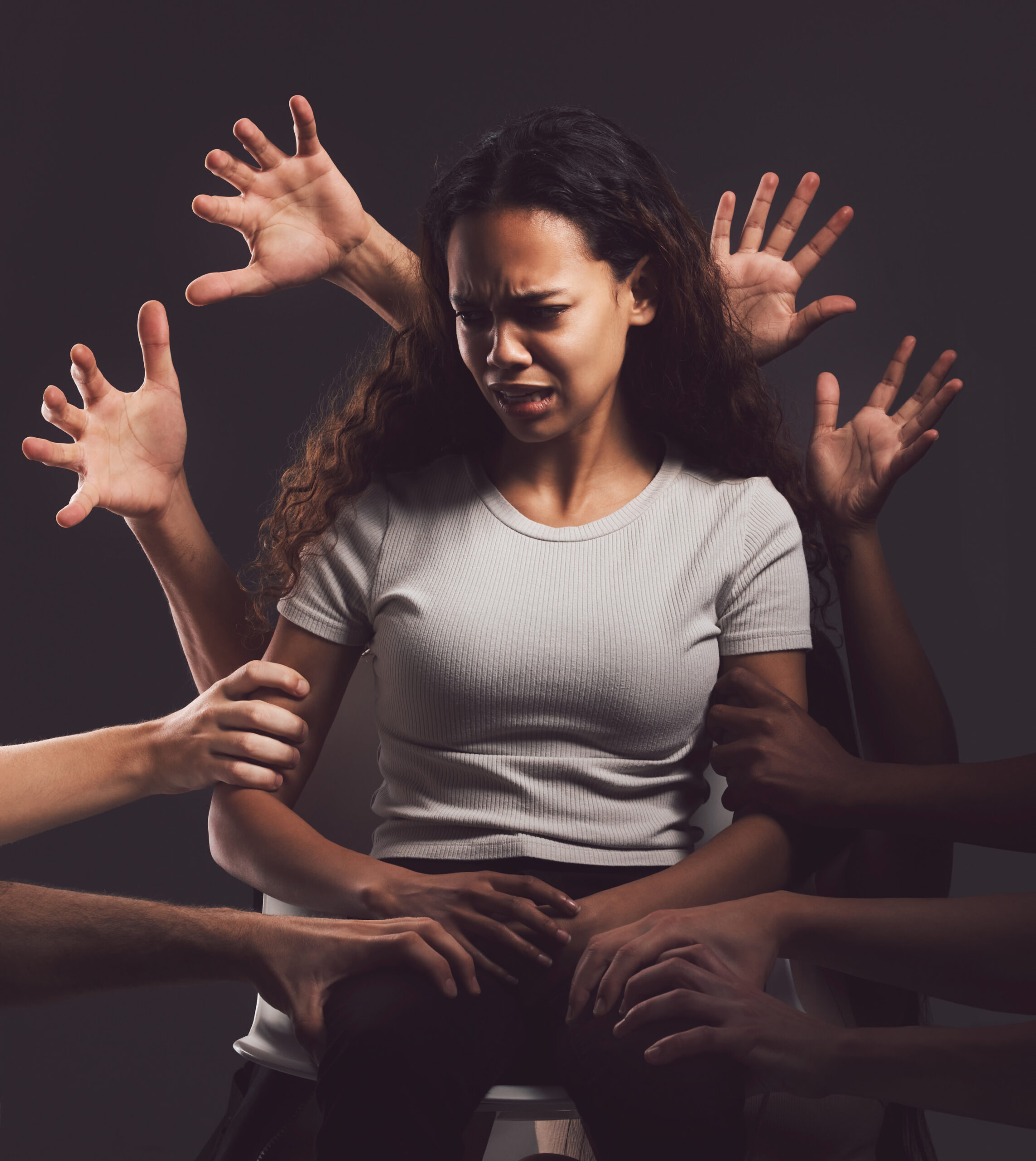
Psychology behind why some survivors of childhood sexual trauma become perpetrators
Childhood is often seen as a time of innocence and joy. But for many, it’s marred by trauma that leaves lasting scars. One particularly harrowing reality is how some survivors of childhood sexual trauma end up becoming perpetrators themselves. This troubling pattern raises important questions about the psychology behind these transformations. What compels individuals who have suffered to inflict pain on others? Understanding this complex interplay can shed light on a cycle that seems unbreakable—yet there are pathways toward healing and change. Let’s explore the intricate nuances surrounding this topic, delving into the psychological impact, contributing factors, and avenues for breaking free from generational patterns of abuse.
Understanding the psychological impact of childhood sexual trauma
Childhood sexual trauma leaves deep psychological wounds that can shape a person’s entire life. Survivors often grapple with feelings of shame, guilt, and confusion. These emotions can manifest in various ways, affecting self-esteem and interpersonal relationships. Many survivors experience anxiety or depression as they struggle to process their experiences. Trust issues become prevalent, making it hard to connect with others authentically. Some may even find themselves reliving traumatic events through flashbacks or nightmares. This trauma isn’t just isolated; it permeates every aspect of life—impacting academic performance, career choices, and personal aspirations. Behavioral changes might emerge as well; some individuals turn inward while others act out. The long-term effects can create a cycle where pain begets pain. Understanding these psychological impacts is crucial for breaking the silence surrounding childhood sexual trauma and fostering pathways toward healing.
Factors that may contribute to becoming a perpetrator
Several factors can contribute to why some survivors of childhood sexual trauma may become perpetrators themselves. One significant element is the internalization of trauma. Survivors might adopt harmful behaviors as a way to cope with their pain. Environmental influences also play a crucial role. A chaotic home life or exposure to violence can normalize abusive behavior. If individuals witness aggression, they may mimic these patterns later in life. Mental health issues are another layer worth considering. Depression, anxiety, and unresolved PTSD can distort perceptions of relationships and boundaries. Additionally, lack of support systems can lead to feelings of isolation and hopelessness. Without proper guidance or healing resources, some survivors may struggle to break free from past cycles. The interplay between these factors creates a complex landscape that makes understanding this phenomenon challenging yet essential for prevention efforts.
Breaking the cycle: Steps towards healing and prevention of perpetration
Breaking the cycle of trauma requires awareness and commitment. Healing often begins with acknowledging one’s past without judgment. It’s vital to create a safe space for emotions to surface.
Education plays a key role in prevention. Understanding the patterns of behavior can empower survivors to shift their narratives. They learn that their experiences don’t define them, nor do they dictate future actions. Support systems are crucial in this journey. Engaging with therapists or support groups fosters connection and understanding, helping survivors feel less isolated. This sense of community reinforces healthier choices. Developing emotional regulation skills proves invaluable as well. Techniques like mindfulness or journaling can help individuals process feelings constructively rather than reactively.
Setting personal boundaries is essential for fostering healthy relationships moving forward. Each step taken nurtures resilience and promotes a cycle of healing instead of harm.
The role of power dynamics in abusive relationships
Power dynamics play a crucial role in abusive relationships. They can shift subtly, often leaving the victim feeling trapped. The abuser frequently seeks to establish control, creating an imbalance that favors their dominance. Victims may start to believe they lack agency or worth. This internalization of powerlessness can lead them to accept unhealthy behaviors as normal. In such environments, fear and manipulation become tools for maintaining control. Moreover, the cycle of abuse perpetuates itself through learned behavior. For some survivors of childhood sexual trauma, these dynamics may feel familiar or even comforting in a twisted way. Their experiences shape how they perceive authority and vulnerability.
As relationships evolve, understanding these patterns becomes essential for healing. Recognizing the signs of abusive power plays is a vital step toward breaking free from cycles that bind individuals into roles defined by hurt rather than love.
Societal factors that contribute to the problem, such as victim-blaming and lack of support for survivors
Societal attitudes play a crucial role in shaping the experiences of survivors. Victim-blaming is pervasive, often shifting responsibility onto those who have endured trauma. This mentality silences victims and creates an environment where they feel ashamed to speak out. Additionally, many communities lack adequate support systems for survivors. Without access to resources like counseling and legal assistance, healing becomes even more challenging. Survivors may internalize their pain and struggle with feelings of isolation. The media also has a hand in this issue by perpetuating stereotypes about victims and perpetrators alike. Misrepresentation can skew public perception, further alienating those seeking support. A culture that dismisses or trivializes the experiences of abuse can drive individuals toward unhealthy coping mechanisms as they grapple with unresolved trauma. By addressing these societal factors head-on, we can begin to foster an environment conducive to understanding and healing.
The importance of therapy and healing in breaking the cycle of abuse
Therapy plays a crucial role in healing from childhood sexual trauma. It provides a safe space for survivors to explore their feelings, confront painful memories, and understand the impact of their experiences. Individual therapy can help individuals recognize harmful patterns. They may begin to see how unresolved trauma can lead them toward negative behaviors. This insight is essential for breaking the cycle of abuse. Group therapy offers connection and support. Hearing others share similar struggles fosters empathy and understanding. Survivors often find solace in knowing they are not alone in their journey toward recovery. Therapeutic interventions also focus on building healthy relationships. Learning about trust, consent, and emotional regulation equips survivors with tools to create healthier dynamics in their lives. Healing is an ongoing process that requires patience and commitment. Therapy encourages this growth while addressing underlying issues related to past trauma.
The journey from survivor to perpetrator is complex and deeply rooted in psychological mechanisms
Understanding the psychology behind survivors of childhood sexual trauma can shed light on why some individuals may find themselves repeating the patterns of abuse they once endured. The impact of such trauma can be profound, leading to difficulties with relationships, self-worth, and emotional regulation. Factors like unresolved trauma, learned behaviors from abusive environments, and a need for control often play significant roles in this tragic cycle. It’s crucial to recognize that not every survivor will become a perpetrator; many actively seek healing and change their narratives. However, those who do perpetuate cycles of violence highlight the urgent need for comprehensive support systems. Recognizing power dynamics is essential when examining abusive relationships. Survivors may sometimes feel empowered by becoming perpetrators themselves as a misguided way to reclaim lost control or agency over their lives. This underscores how societal factors—such as victim-blaming attitudes—can exacerbate feelings of guilt and shame among survivors while simultaneously hindering their healing processes.
Therapy plays an invaluable role in breaking these cycles. Healing requires addressing past traumas with compassion and understanding rather than judgment or stigma. Creating safe spaces for survivors fosters resilience against future harm—in both themselves and others. Addressing these issues demands community awareness and collective action towards prevention efforts that prioritize education about healthy boundaries, emotional intelligence, and supportive resources for all victims of abuse—both children and adults alike—and ultimately moves us closer to ending this devastating cycle altogether.




